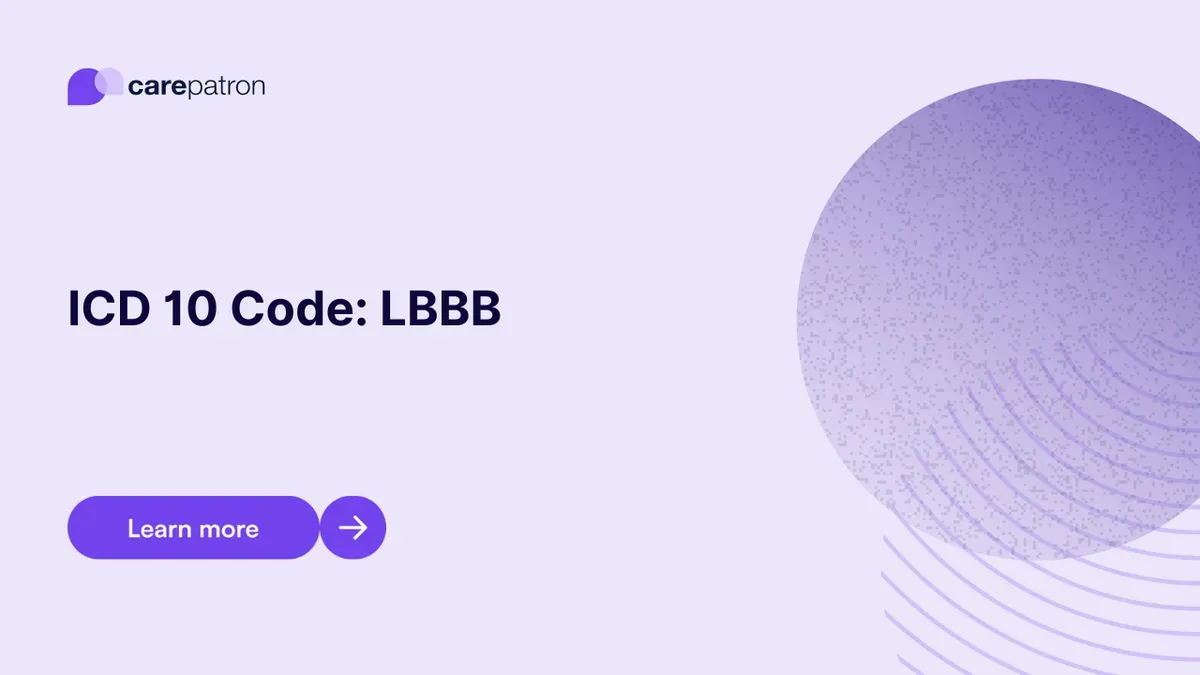
LBBB ICD-10-CM Codes | 2023
Explore ICD-10-CM codes for Left Bundle Branch Block (LBBB) in 2023. Learn about common codes, billable statuses, and gain clinical insights in this comprehensive guide.
Use Code
Commonly asked questions
LBBB may not be serious, but it is often associated with underlying heart conditions. The significance of LBBB depends on the individual's overall heart health and other heart problems.
LBBB can result from various factors, including heart disease, heart attacks, cardiomyopathy, and certain medications. It may also occur in isolation without an underlying heart condition.
LBBB is typically diagnosed through an electrocardiogram (ECG or EKG), a non-invasive test that records the heart's electrical activity. If LBBB is detected, further evaluation may be needed to determine the underlying cause.
EHR and practice management software
Get started for free
*No credit card required
Free
$0/usd
Unlimited clients
Telehealth
1GB of storage
Client portal text
Automated billing and online payments
